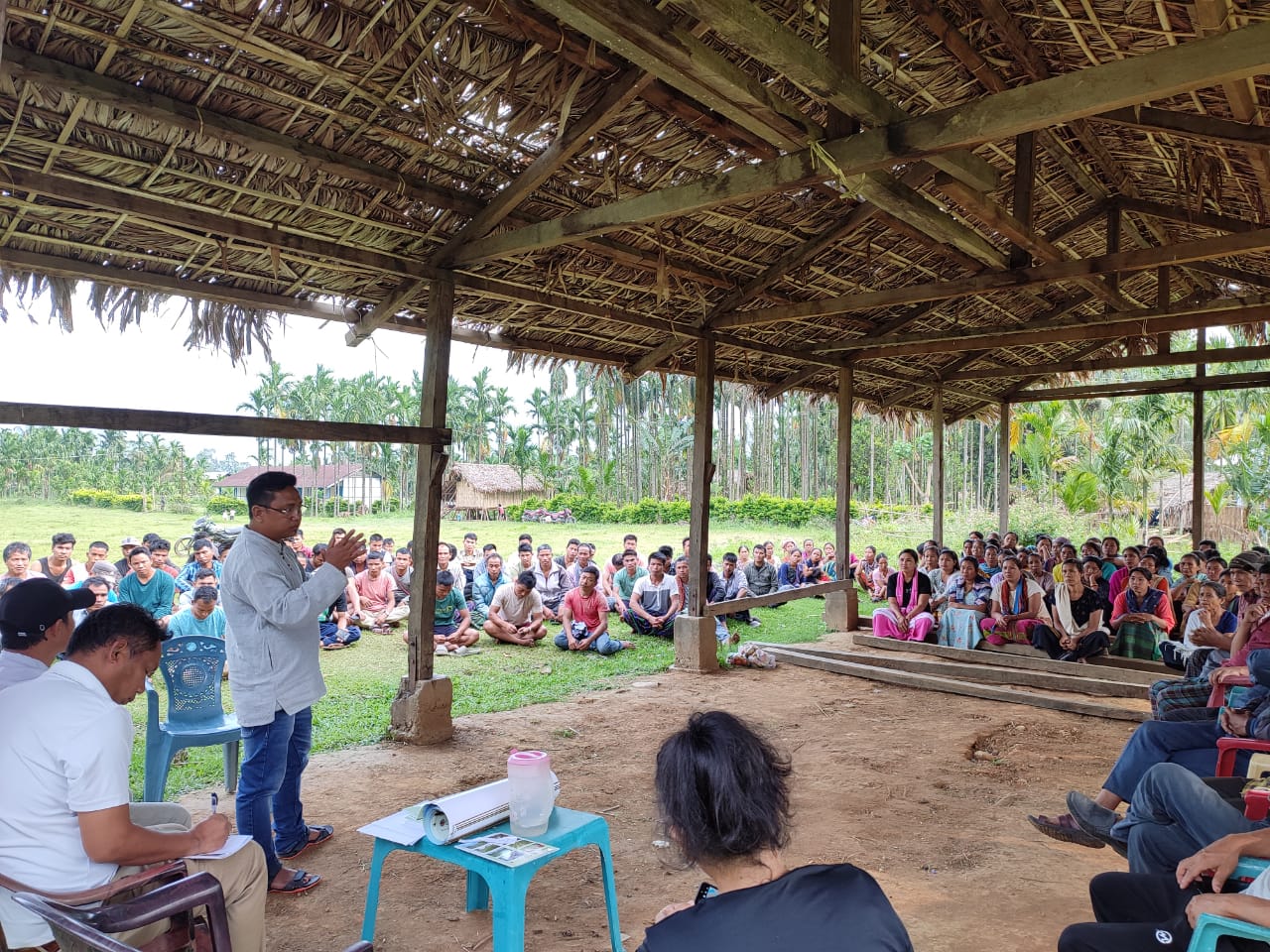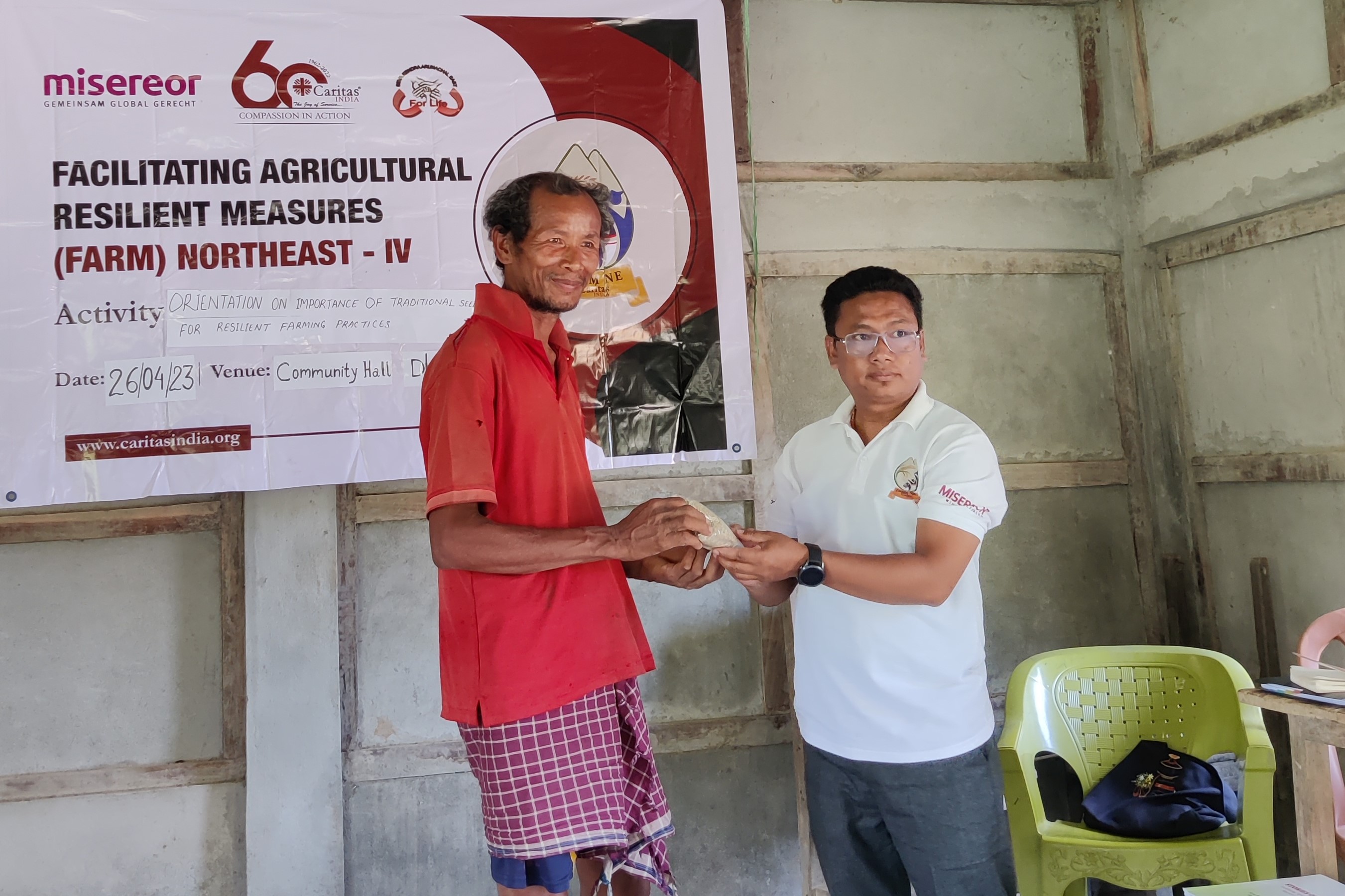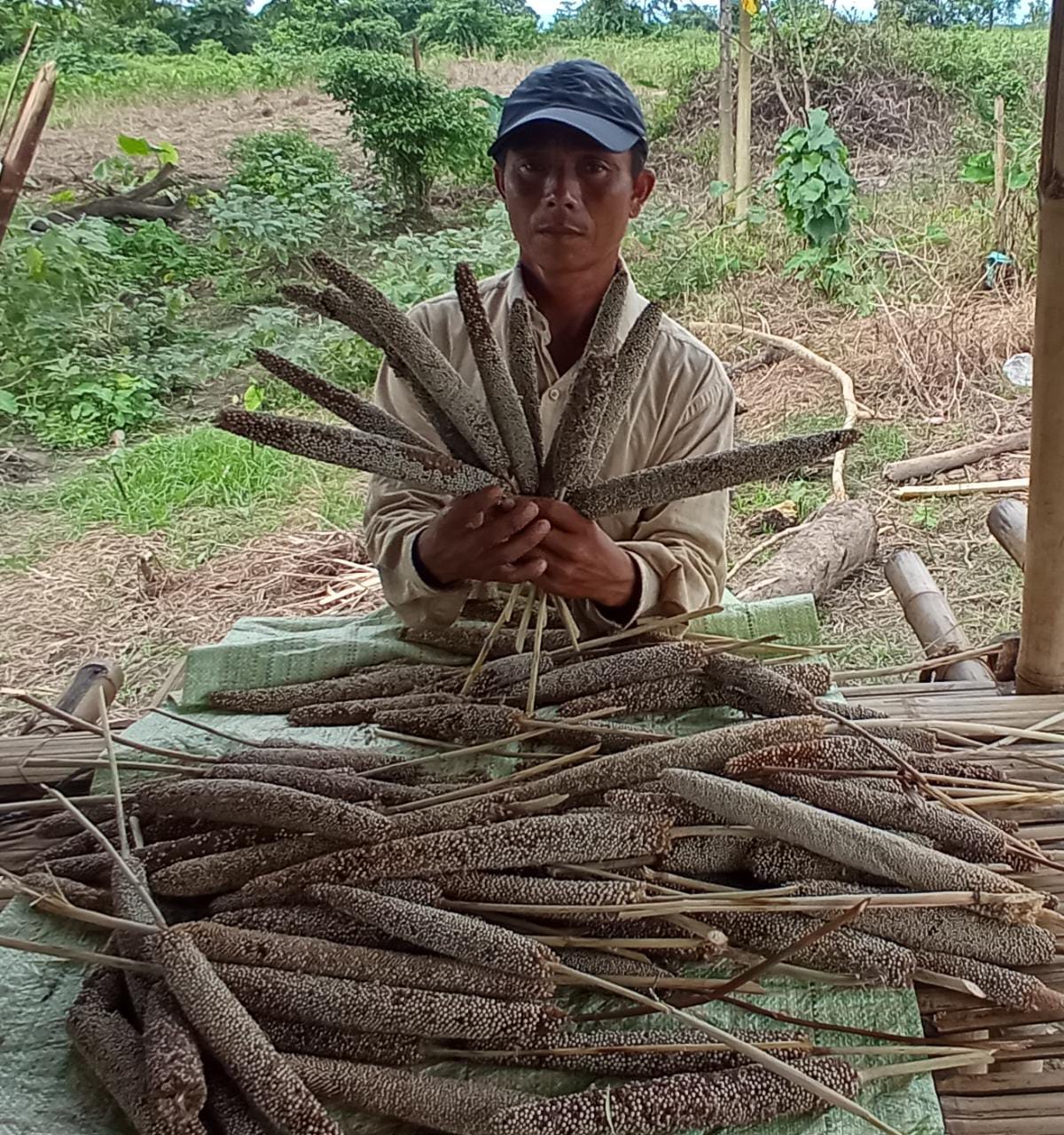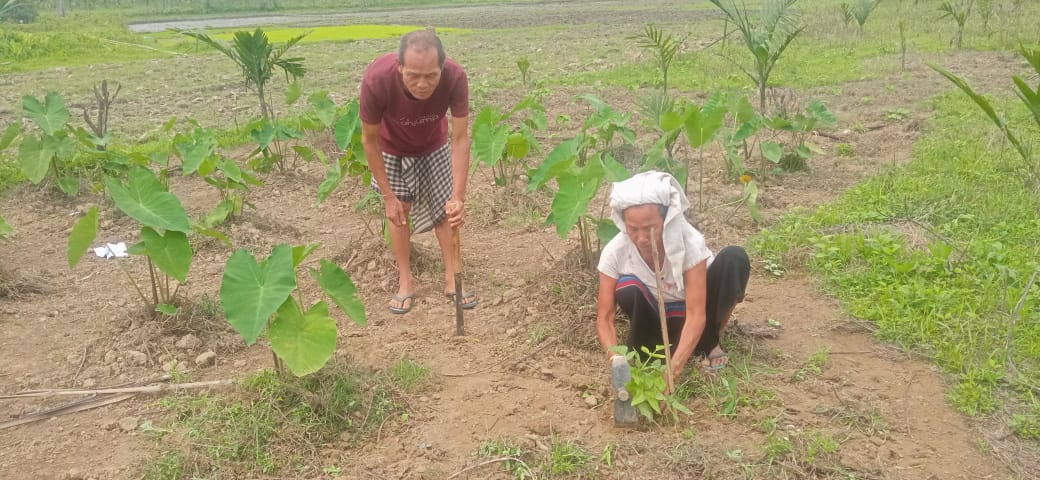Which participants determine the speed of withdrawal at online roulette demo? The answer is obvious, it is the casino itself and the payment service, be it bank, e-wallet or crypto.
Millets and Integrated Farming hold the key to food security and biodiversity
In recent years, there has been a growing interest in sustainable and alternative farming practices that promote biodiversity and food security. One such practice was gaining prominence in Dharmapur III village in Changlang district of Arunachal Pradesh.
The reliance of farmers on a small number of crops has made agriculture vulnerable to diseases and pests, resulting in low productivity and income. FARM Northeast has realised this challenge and promoted an integrated farming system (IFS) and millets into agriculture to revive the interest of farmers in agriculture.
IFS was introduced to emphasise the importance of combining various agricultural activities such as crop rotation, livestock rearing, agroforestry, and organic manure production. This holistic approach not only ensures sustainable land use but also provides additional income streams for farmers. Integrated farming practices also contribute to biodiversity conservation by creating a balanced ecosystem that supports beneficial insects, birds, and other wildlife. It also reduces dependence on chemical inputs while promoting natural pest control methods. This integrated farming system in Dharmapur III showcases the potential benefits and positive impact it can have on the local community.
Seva Kendra Arunachal East (SKAE), a partner of Caritas India under FARM Northeast, while promoting awareness programmes, introduced Millet as the centre of cultivation, which was unknown to the farmers. According to Mr Mintu Moshahari, during awareness programmes, the values of Millet were highlighted, which are highly nutritious, resilient, and drought-tolerant grains that can play a crucial role in diversifying agricultural production.
The programme also received millet, known for its exceptional nutritional value and is rich in fibre, protein, vitamins, and minerals. They are gluten-free and have a low glycemic index, making them ideal for individuals with dietary restrictions or those looking for healthier alternatives to traditional grains.
Traditional crops like millet, coupled with innovative farming practices like integrated farming, are emerging as a potent combination that holds the key to addressing these pressing issues. Ten farmers from Dharmapur III village not only enhanced their crop yield but also improved soil health and reduced water consumption.
This story echoes as an indication of change for Dharmapur III. By embracing millets and integrated farming practices, these farmers are not only enhancing their livelihoods but are also playing a vital role in building a more robust food system for generations to come. Their journey highlights the transformative power of sustainable practises, redefining the way we view agriculture and its potential to harmonise with nature.
As we celebrate this remarkable journey in Dharmapur III, we are reminded that the path towards a more sustainable future lies in the hands of communities willing to adopt innovative practices. With each seed sown, each crop nurtured, and each ecosystem preserved, we inch closer to a world where nature and agriculture exist in perfect harmony.
This is an encouraging testament to the potential of millets and integrated farming systems to transform agriculture in Dharmapur III. By embracing these sustainable practices, farmers can not only improve their livelihoods but also contribute to a more resilient food system for future generations.
In an era of uncertainty and environmental challenges, the convergence of millets and integrated farming presents a holistic solution that addresses food security and biodiversity challenges. By integrating the inherent strengths of these systems, we can create a resilient and sustainable agricultural system. As we forge towards a more complex journey, reviving the wisdom of ancient crops and farming practices may prove to be our greatest asset.
Copyright Caritas India 2013 ! Developed by Neural Info Solutions Pvt. Ltd.


















































